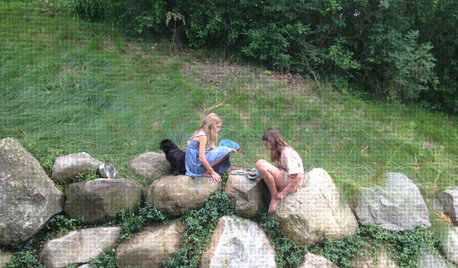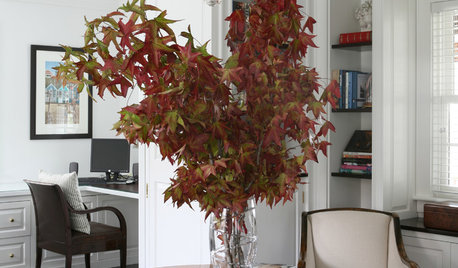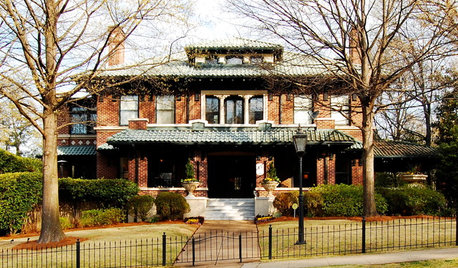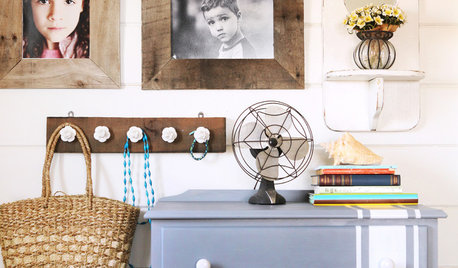Tomato leaves turning yellow
texasbanzai
14 years ago
Related Stories

LIFETurn Off the Video Games and Turn On Your Kid's Creativity
Going nuts planning summer activities? Kids overdosing on screen time? It may be time to foster more self-directed play
Full Story
EDIBLE GARDENSSummer Crops: How to Grow Tomatoes
Plant tomato seedlings in spring for one of the best tastes of summer, fresh from your backyard
Full Story
FALL GARDENING5 Ways to Put Fall Leaves to Work in Your Garden
Improve your soil and yard the organic way with a valuable garden booster that grows on trees
Full Story
COLOR10 Reasons to Make a Splash With Tomato Red
You won’t duck at these tomatoes. See how bold red shades can play up architecture, light up a dark spot and add drama
Full Story
DECORATING GUIDES9 Easy Ways to Decorate With Autumn Leaves
Give your home a burst of color that can be used Halloween through Thanksgiving
Full Story
GARDENING GUIDESWhat's Wrong With My Plant? Leaves Often Hold the Clues
Learn how to identify common plant ailments by reading their leaves
Full Story
DECLUTTERINGDownsizing Help: Choosing What Furniture to Leave Behind
What to take, what to buy, how to make your favorite furniture fit ... get some answers from a homeowner who scaled way down
Full Story
LAUNDRY ROOMSRoom of the Day: The Laundry Room No One Wants to Leave
The Hardworking Home: Ocean views, vaulted ceilings and extensive counter and storage space make this hub a joy to work in
Full Story
ARCHITECTUREStates of Style: Alabama’s Icons Leave Their Mark
In the first of a new series, discover the natural beauty, the architectural icons and some of our favorite homes deep in the heart of Dixie
Full Story
DIY PROJECTSTurn a Wooden Pallet Into Unique Photo Frames
Free wood? We're so in. Salvage a pallet or other cast-off wood to make delightfully distressed frames that fit almost any decor
Full Story






simmran1
texasbanzaiOriginal Author
Related Professionals
Brentwood Landscape Architects & Landscape Designers · Horsham Landscape Architects & Landscape Designers · Mountain Brook Landscape Architects & Landscape Designers · Rossville Landscape Architects & Landscape Designers · Dinuba Landscape Contractors · Louisville Landscape Contractors · Mastic Beach Landscape Contractors · North Highlands Landscape Contractors · Pikesville Landscape Contractors · Annandale General Contractors · DeRidder General Contractors · Stoughton General Contractors · Fullerton Decks, Patios & Outdoor Enclosures · San Antonio Decks, Patios & Outdoor Enclosures · Sun Lakes Decks, Patios & Outdoor Enclosuresdigdirt2
tn_veggie_gardner
texasbanzaiOriginal Author
anney